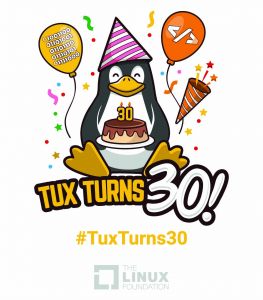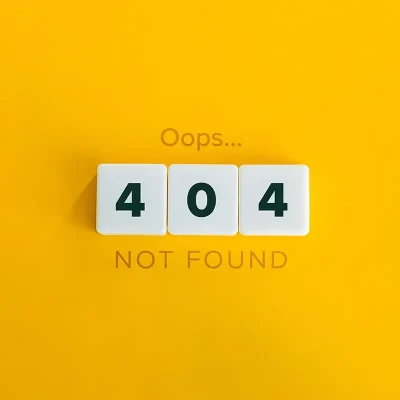The year is 1991, Operation Desert Storm is in full swing in Iraq, the Soviet Union is being dissolved, the Channel Tunnel has yet to open, and Tim Berners-Lee announces the World Wide Web project.
Against this background a computer science student studying at the University of Helsinki, Finland, called Linus Benedict Torvalds posts to a NNTP usergroup (a precursor to web forums) on 25th August 1991:
“Hello everybody out there using minix –
I’m doing a (free) operating system (just a hobby, won’t be big and professional like gnu) for 386(486) AT clones. This has been brewing since april, and is starting to get ready. I’d like any feedback on things people like/dislike in minix, as my OS resembles it somewhat (same physical layout of the file-system (due to practical reasons) among other things).
I’ve currently ported bash(1.08) and gcc(1.40), and things seem to work. This implies that I’ll get something practical within a few months, and I’d like to know what features most people would want. Any suggestions are welcome, but I won’t promise I’ll implement them 🙂
Linus (torvalds@kruuna.helsinki.fi)
PS. Yes – it’s free of any minix code, and it has a multi-threaded fs. It is NOT portable (uses 386 task switching etc), and it probably never will support anything other than AT-harddisks, as that’s all I have :-(.”
His new Operating System was initially only permitted for use on hobby machines with restrictions against use in commercial environments.

Oh, how the world has changed beyond Linus’s wildest dreams!
Fortunately in the last 30 years, Iraq has returned to a relative peace, the Channel Tunnel has come to take around 1/3rd of the passengers travelling from Dover to France, the World Wide Web project can be considered a success with around 2 billion sites now online, and Linus has relented to allow commercial activity based on his operating system!
His “hobby” operating system has now become “big and professional” itself, powering the majority of websites in use in 2021.
In 1996 Linus Torvalds proposed a contest to design a logo for this new operating system, which he suggested resemble a penguin “stuffed to its brim with herring”. Thus a black, white and yellow penguin designed by Larry Ewing came to symbolize the operating system and was subsequently named Tux (purportedly standing for Torvalds Uni-X).

Linux is open-source software meaning that anyone can download the entire source code from www.kernel.org and anyone who has created an account can propose amendments to the operating system, which is one reason it has been so successful.
The size of the code has increased significantly over time, from the mere 7,400 lines of ‘C’ code in version 0.11 to around 17 million lines of code in the current version, yet the structure of the two codebases is very similar. All the additional code is there to incorporate features such as native containerisation, virtualisation support, and the ability to run on an amazingly wide range of hardware.
Linus himself still plays a major role in the direction that Linux takes. Given the size of the project and the number of contributors, there are several managers who oversee specific areas of development, but anything outside of that requires Linus’s approval, even today.
Where Linux differs from its competitors such as Microsoft Windows is that it requires such low levels of system resource (CPU / memory etc.) so it can run in a wide variety of systems – including TV’s, car dashboards, even household fridges! It is also more stable than most other alternatives, with servers rarely needing a restart except for the installation of security updates – try running Windows 10 for a year without rebooting!
Infotex has been running various versions of Linux on the majority of our web servers for more than 20 years, and some of our staff use it on their desktop computer as well.
We’ll be raising a glass to Linux on the 25th August to celebrate Tux reaching its 30th birthday, and we look forward to celebrating many more years to come. Few would have guessed where Linus’s little hobby from 30 years ago would be today and it’s hard to imagine what the world, especially computing, will be like in another 30 years time!



